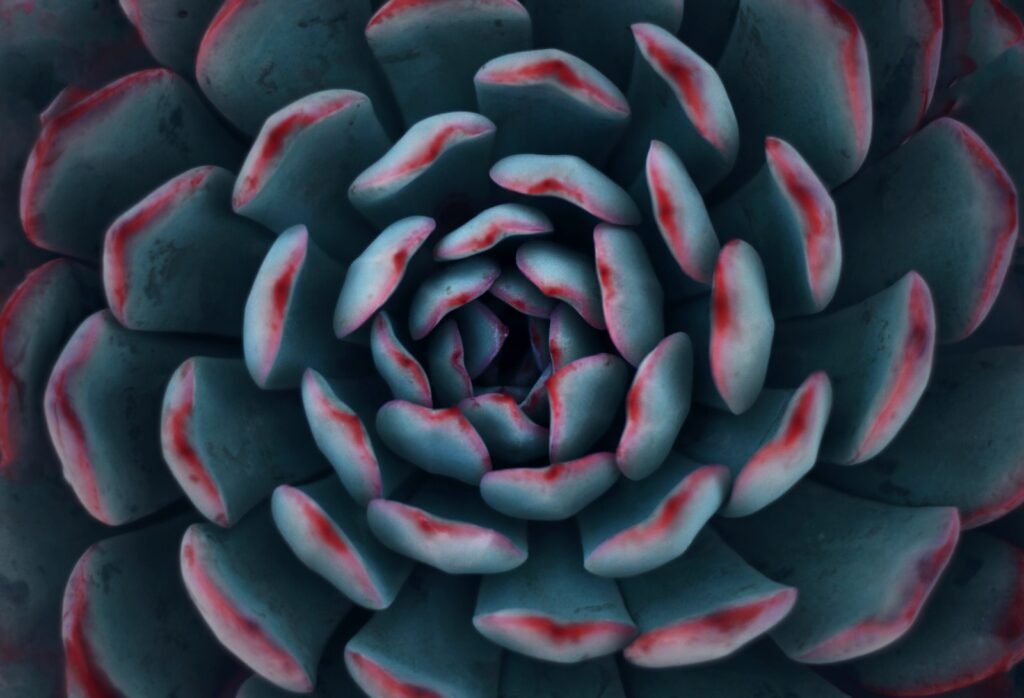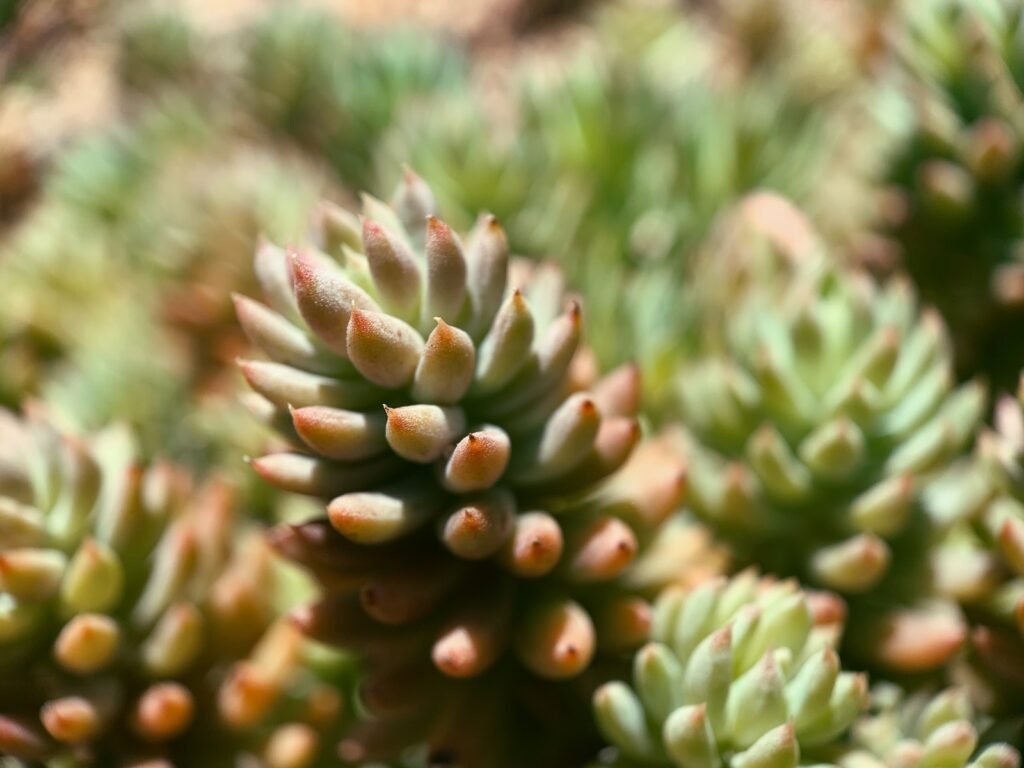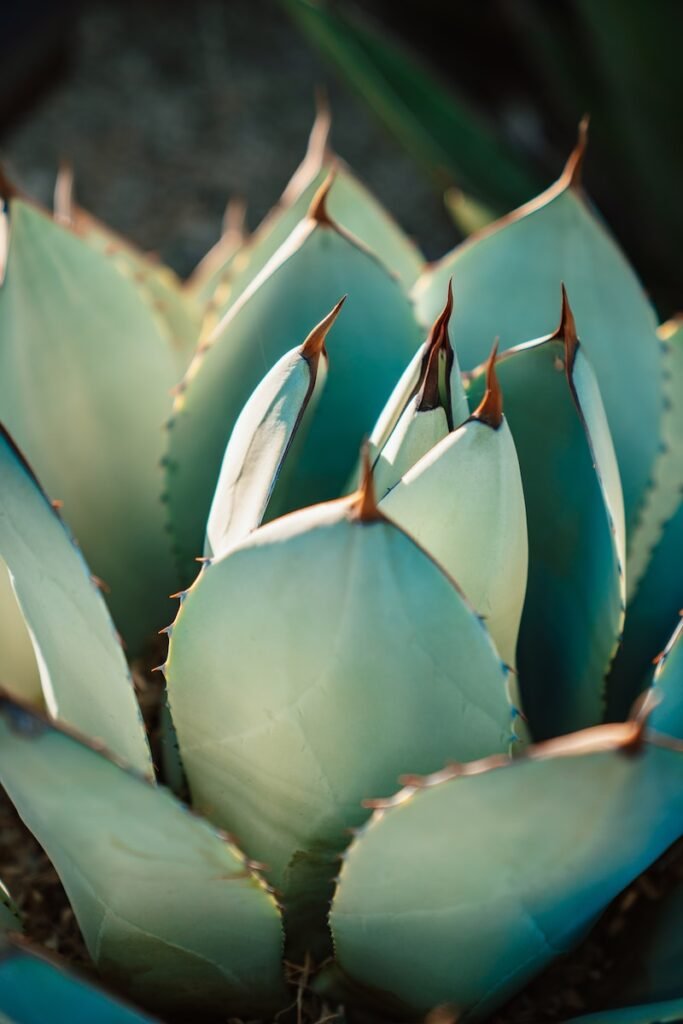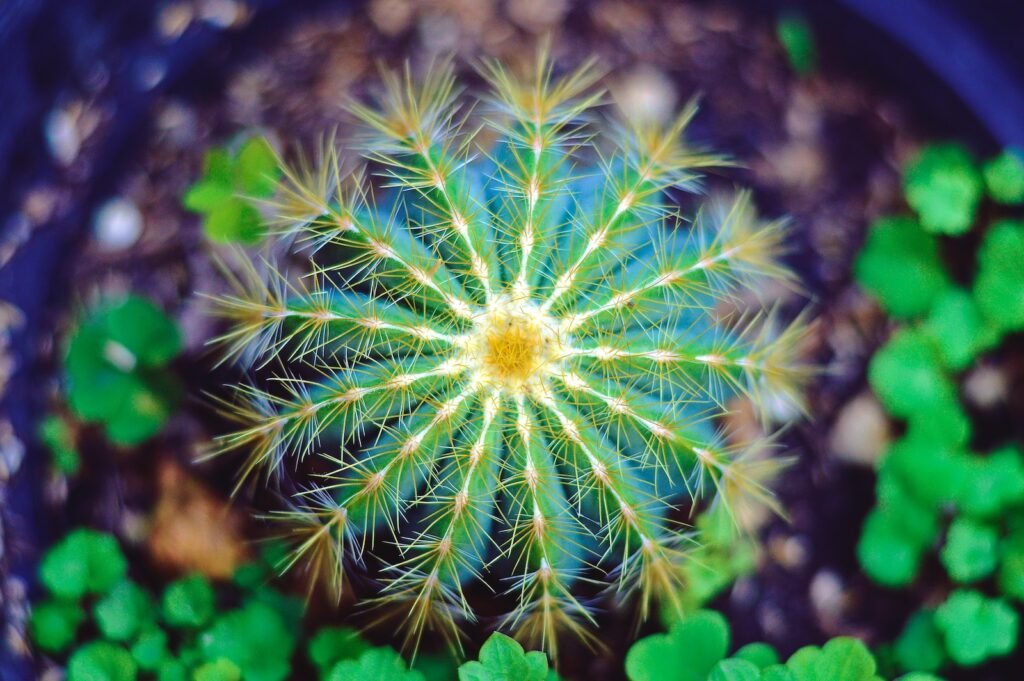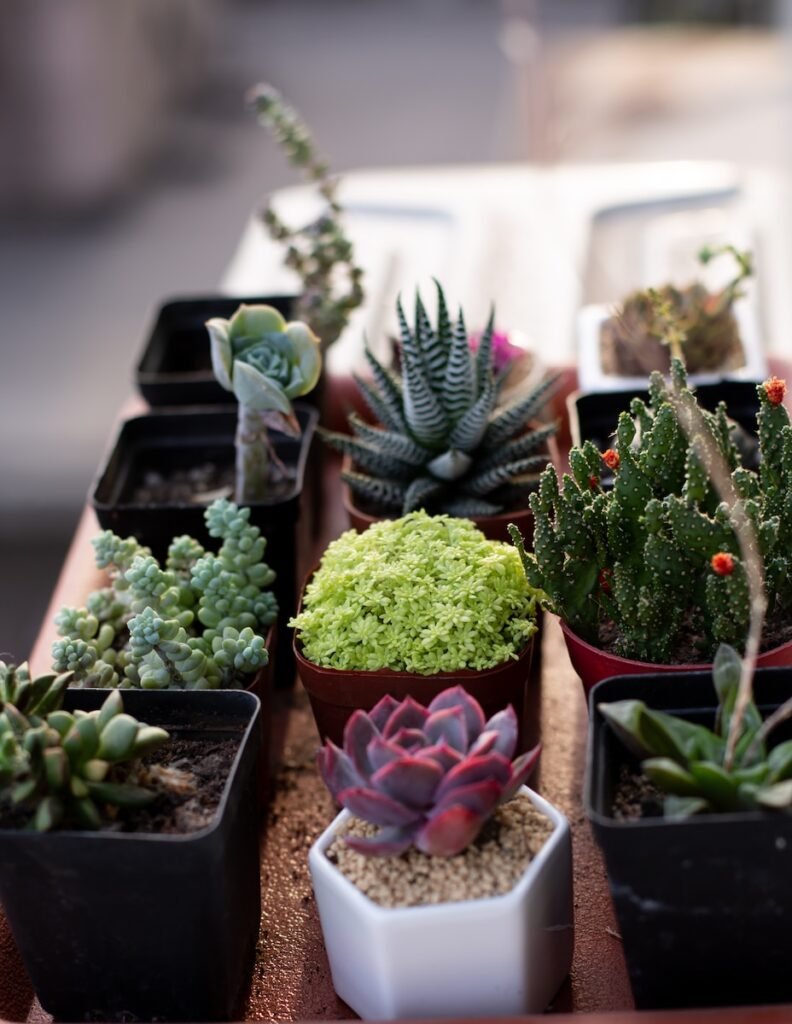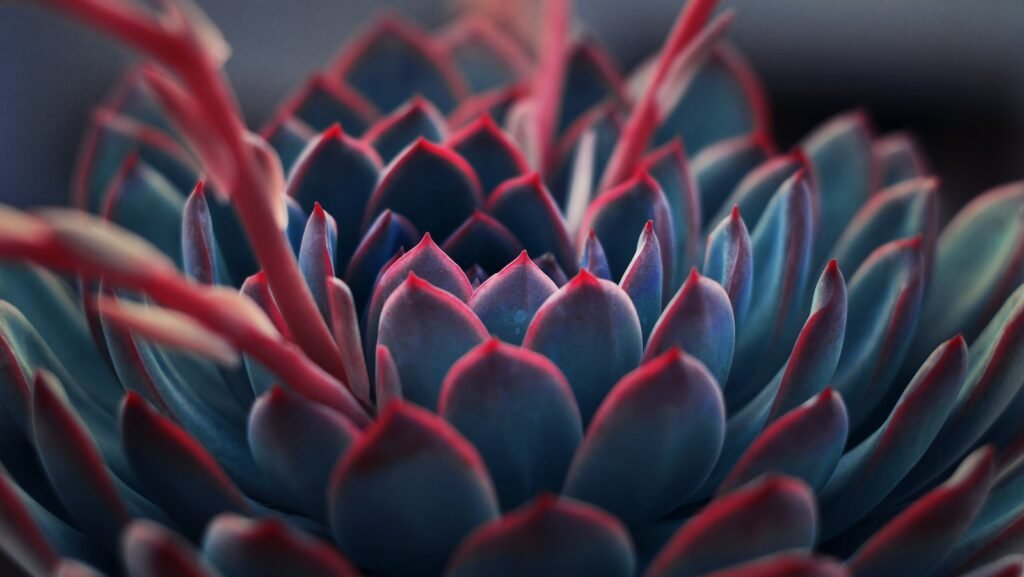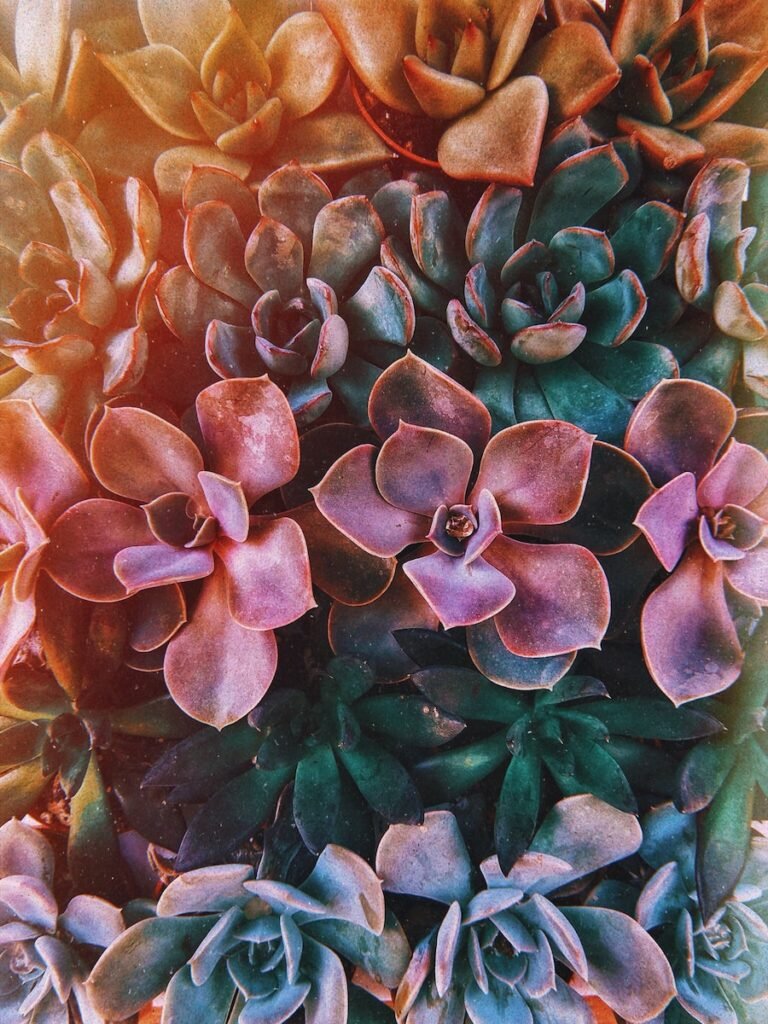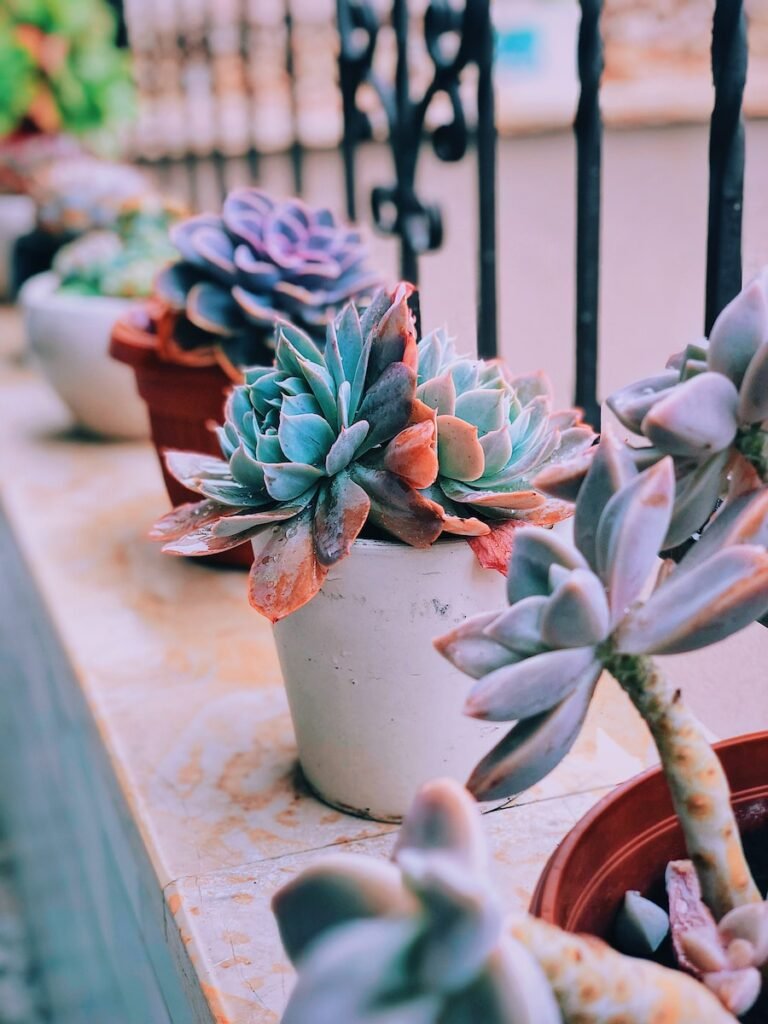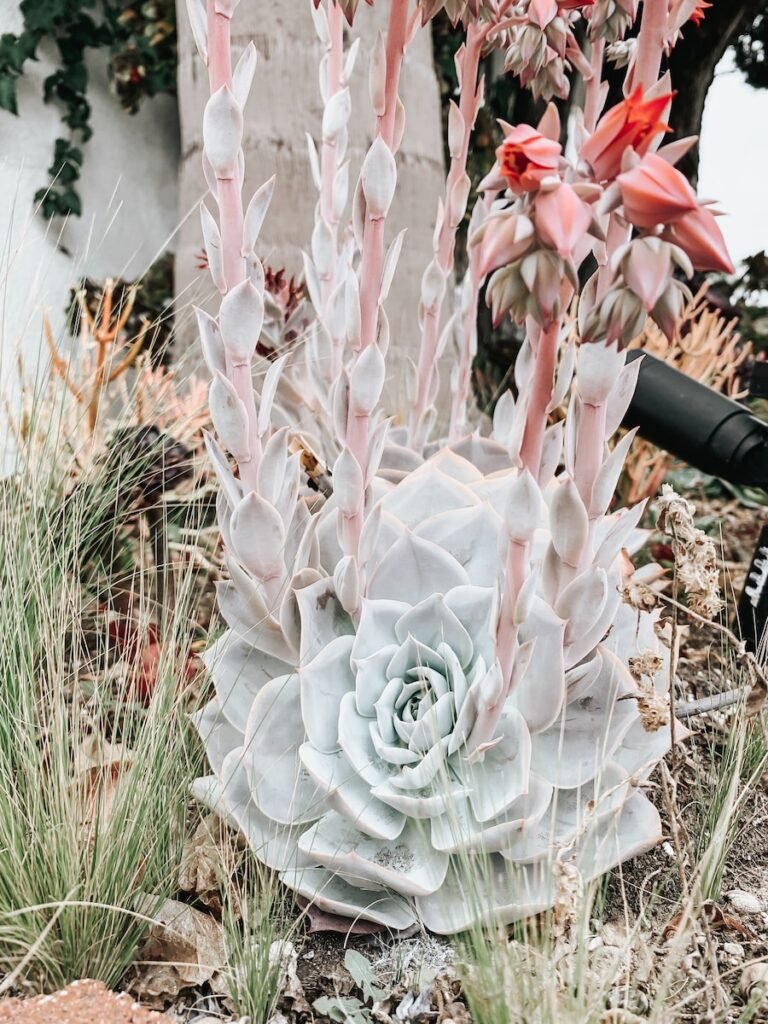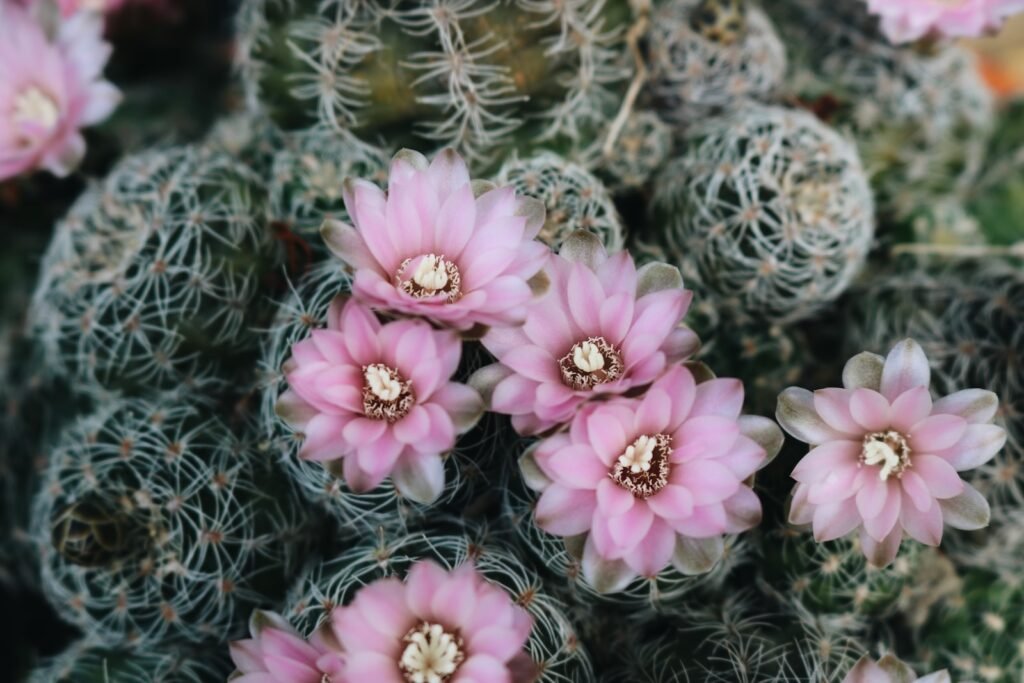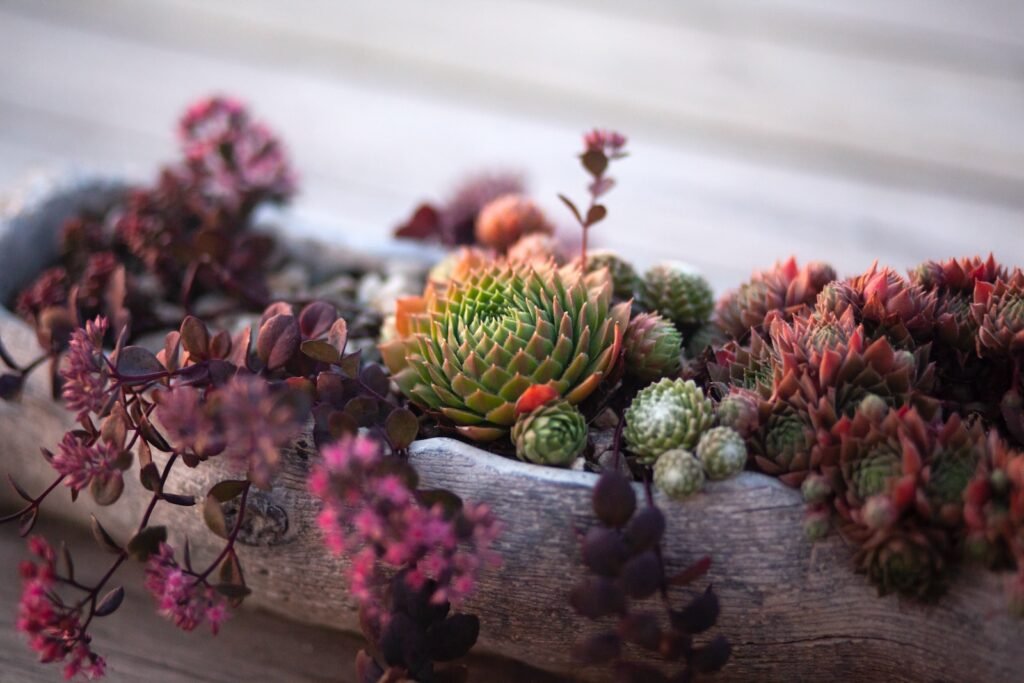
Gallery and Design
Designing with succulent plants, especially for terrariums, involves careful consideration of both the aesthetics and the specific needs of the plants. Here’s an introduction to the topic:
Understanding Succulents and Their Needs
Succulents are plants that store water in their leaves, stems, or roots, which gives them a distinct and often sculptural appearance. This characteristic also means they are adapted to survive in arid conditions with minimal care. They thrive in well-drained soil and require plenty of sunlight.
Selecting the Right Terrarium
A terrarium is a glass container that houses plants, creating a small-scale environment. For succulents, you’ll want to choose a terrarium that has an open design to ensure adequate air circulation and to prevent excess humidity, which could harm the plants.
Mixing Succulent Species
When mixing species, consider the following:
- Growth Patterns: Some succulents grow tall, while others spread out or stay small. Combining different growth patterns can create a visually appealing terrain inside your terrarium.
- Color Palette: Succulents come in a variety of colors, from green to purple to red. Selecting a harmonious color palette can enhance the aesthetic of your design.
- Texture Variety: The texture of succulent leaves can vary greatly. Mixing smooth, spiky, fuzzy, or ridged leaves can add depth to your terrarium.
Succulent Species for Terrariums
Some succulent species that do well in terrariums include:
- Echeveria: Rosette-shaped and comes in various colors and sizes.
- Haworthia: Small and slow-growing with striking patterns.
- Sedum: Offers a variety of textures and colors, some of which hang over the edges of the terrarium.
- Crassula: Known for its tree-like structure, especially the popular Jade plant.
Presentation Tips
- Layering: Begin with a layer of rocks or gravel for drainage, followed by a layer of activated charcoal to keep the water fresh, and finish with a layer of succulent or cactus potting mix.
- Arrangement: Place taller species in the back or center, depending on the viewing angle, and shorter ones in the front.
- Accessories: Consider adding decorative elements like pebbles, sand, wood, or miniature figurines for an artistic touch.
Maintenance
- Watering: Succulents need less water than other plants. Water sparingly, allowing the soil to dry out between watering.
- Placement: Keep the terrarium in a bright location but out of direct, harsh sunlight to avoid scorching the plants.
- Feeding: Fertilize sparingly, no more than once a month during the growing season.
By combining the right mix of succulent species in an appropriate terrarium, you can create a stunning and low-maintenance piece of living art. Remember, the key to a beautiful succulent terrarium is understanding the needs of the plants and arranging them in a way that is both functional and visually appealing.
